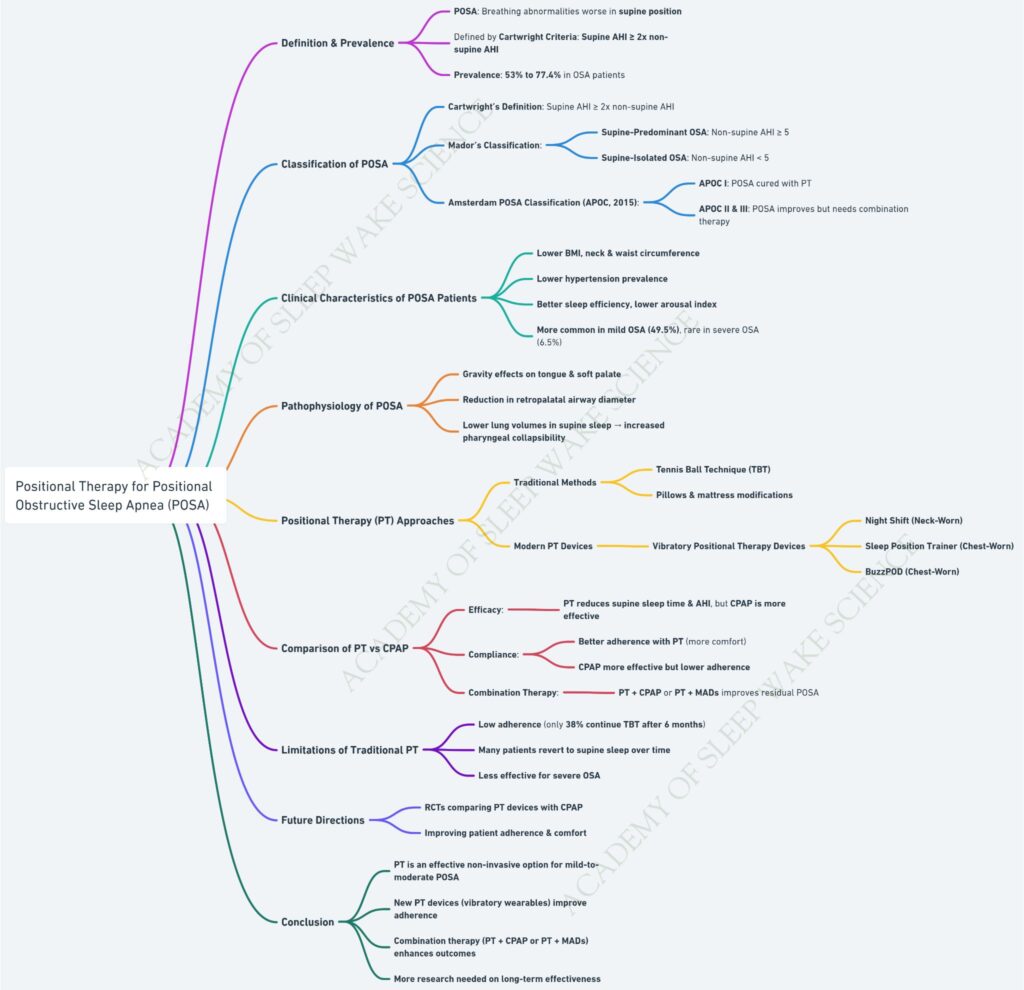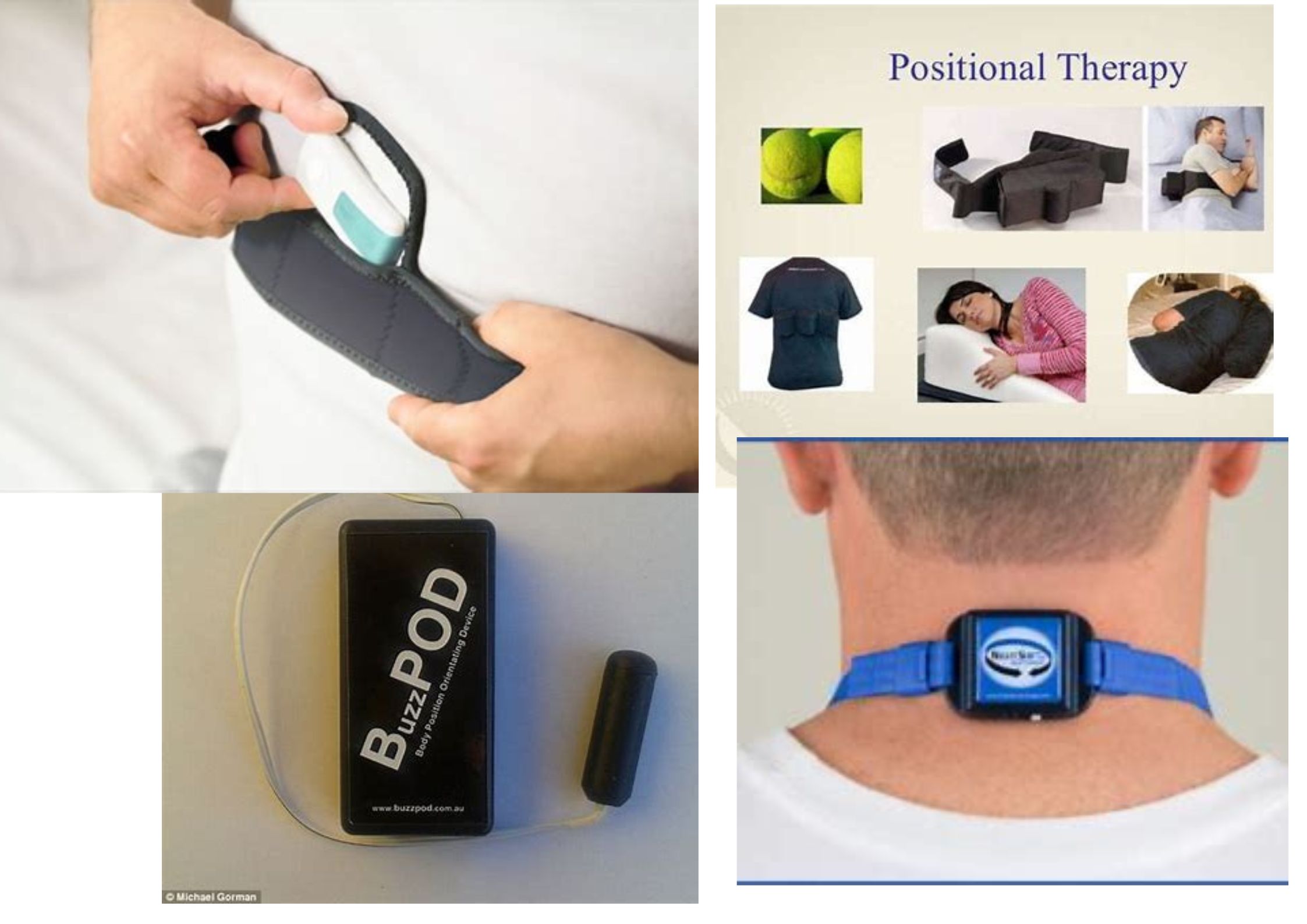
Comparative table summarizing different positional therapy devices and their effectiveness:
| Device Type | Mechanism of Action | Efficacy in Reducing Supine AHI | Patient Compliance | Best Candidates |
|---|---|---|---|---|
| Tennis Ball Technique (TBT) | Physical discomfort prevents supine sleeping | Moderate, but poor long-term adherence | Low, only 38% adherence after 6 months | Patients with mild POSA willing to try a simple method |
| Sleep Position Trainer (SPT) | Vibrates when supine to encourage side sleeping | High, significantly reduces supine AHI | Moderate to high, better comfort than TBT | Mild-to-moderate POSA, CPAP-intolerant patients |
| Night Shift (Neck-Worn) | Neck-worn sensor that vibrates in supine position | High, reduces supine sleep time and AHI | High, well tolerated | Moderate POSA, patients preferring a neck-worn device |
| BuzzPOD (Chest-Worn) | Chest-worn sensor that vibrates in supine position | High, effective in maintaining side sleeping | High, well tolerated | Moderate POSA, patients preferring a chest-worn device |
Key Takeaways:
- Modern vibratory PT devices (SPT, Night Shift, BuzzPOD) are more effective and better tolerated than TBT.
- TBT has low long-term compliance and is less effective for moderate POSA.
- SPT, Night Shift, and BuzzPOD significantly reduce supine AHI, making them suitable alternatives for CPAP-intolerant patients.
- Device choice depends on patient preference for neck-worn vs. chest-worn options.

